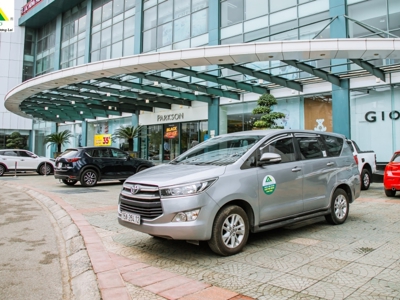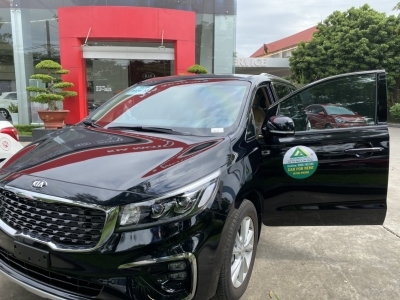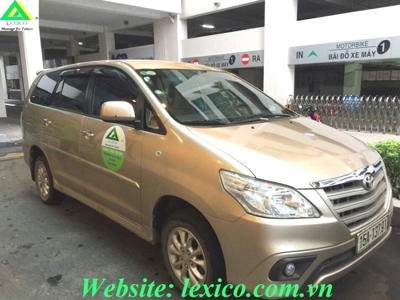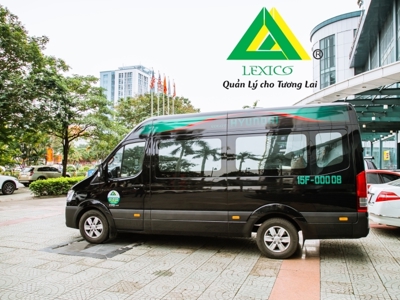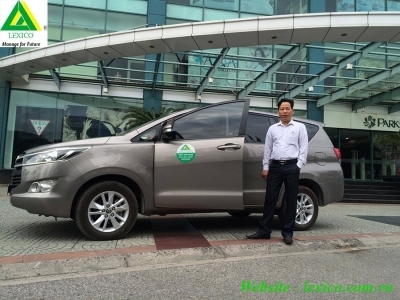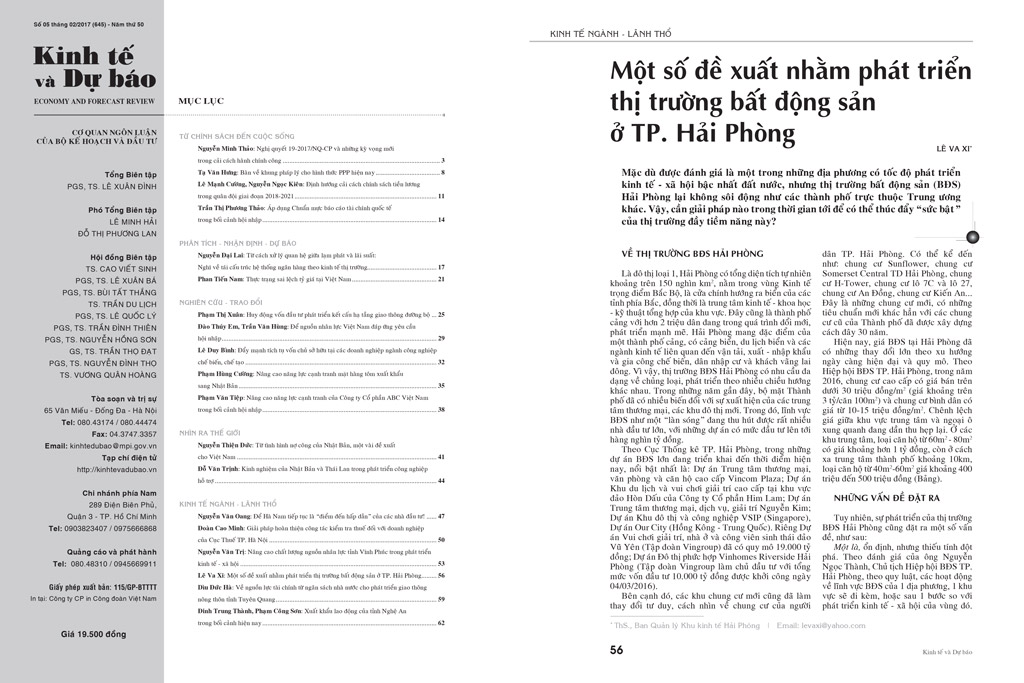
Some proposals for developing the real estate market in Hai Phong City.
ABOUT THE HAI PHONG REAL ESTATE MARKET
As a Grade-1 urban area, Hai Phong has a total natural area of over 150 thousand square kilometers, located in the North Vietnam Economic Zone. It is the main gateway to the sea for the northern provinces, and also serves as an economic, scientific, and technical center of the region. Hai Phong is a port city with a population of over 2 million people, undergoing significant transformation and strong development. The city has the characteristics of a port city, including a seaport, sea tourism, and industries related to transportation, import-export, and processing. It also sees a large number of immigrants and temporary visitors. Therefore, the real estate market in Hai Phong has a diverse range of needs and is developing in many different directions. In recent years, the city's landscape has changed with the appearance of shopping centers and new urban areas. The real estate sector has become a "wave" attracting many large investors with projects worth billions of VND.
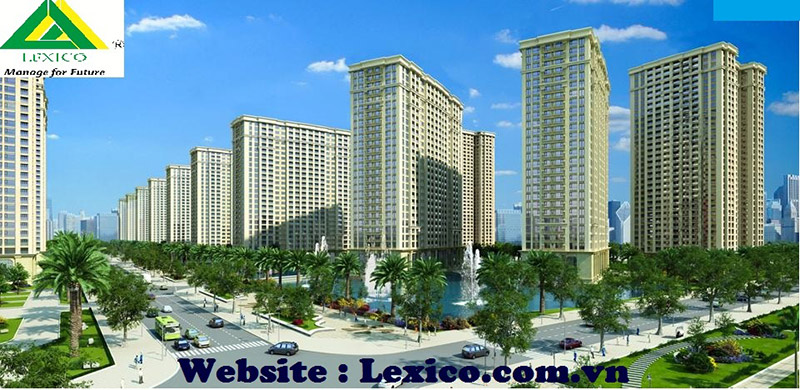
According to the Hai Phong Statistics Department, among the major real estate projects currently underway, the most prominent are: Vincom Plaza Commercial Center, Office, and Luxury Apartments; the High-End Tourism and Entertainment Complex at Hon Dau Island by Him Lam Joint Stock Company; Nguyen Kim Commercial, Service, and Entertainment Center; VSIP (Singapore) Industrial and Urban Complex; and Our City Project (Hong Kong - China). Particularly, the Vui Choi Entertainment, Housing, and Ecological Park Project on Vu Yen Island (Vingroup Group) has a scale of VND 19,000 billion; the Vinhomes Riverside Hai Phong Complex Project (Vingroup Group is the investor with a total investment of VND 10,000 billion, which broke ground on March 4, 2016).
In addition, new apartment buildings have also changed people's perceptions of apartments in Hai Phong. Some examples include: Sunflower Apartments, Somerset Central TD Hai Phong Apartments, H-Tower Apartments, Lot 7C and Lot 27 Apartments, An Dong Apartments, and Kien An Apartments. These are new apartment complexes with modern standards, very different from the older apartment buildings that were built 30 years ago.
Currently, real estate prices in Hai Phong have undergone significant changes, following the trend of becoming more modern and large-scale. According to the Hai Phong Real Estate Association, in 2016, luxury apartments were priced at around VND 30 million per square meter (around VND 3 billion for a 100m² apartment), while affordable apartments were priced between VND 10-15 million per square meter. The price gap between the city center and surrounding suburbs is gradually narrowing. In the central areas, apartments ranging from 60m² to 80m² are priced around VND 1 billion, while in areas 10km away from the city center, apartments ranging from 40m² to 60m² are priced around VND 400 million to VND 500 million.
ISSUES ARISING However, the development of the Hai Phong real estate market has raised some issues, as follows:
Firstly, the market is stable but lacks breakthrough. According to Mr. Nguyen Ngoc Thanh, Chairman of the Hai Phong Real Estate Association, the activities in the real estate sector of a locality or region usually follow, or come after, the development of that region's economy and society. Its progress depends on the demand for housing and workspaces for local residents. Experience shows that places with vibrant markets and strong purchasing power tend to have a rapid increase in population or offer real estate products that generate value and profits for buyers or investors. For both of these factors, the Hai Phong market is lacking or unclear, which results in a slow pace of transactions across the real estate segments in the city (Mỹ Hạnh, 2015).
Secondly, while real estate in Hai Phong has grown rapidly in recent years, it still cannot meet the housing needs of most workers. According to the Hai Phong Statistics Department, by the end of 2016, Hai Phong had attracted US$2.8 billion in FDI, with 19 projects from South Korean investors and 5 projects from Japanese investors.
Additionally, the city has also attracted many large FDI projects in industrial parks and economic zones, such as LGE, LGD, Bridgestone, FUJI XEROX, and Regina Miracle International. The increase in FDI projects in Hai Phong has been raising the demand for labor and attracting population migration to the city. By the end of 2016, there were about 3,685 foreigners living and working in Hai Phong, and about 52,000 workers employed in industrial zones. Of these, only about 30% of the workers can arrange their own housing, while the remaining 70% (mostly migrant workers) need rental housing. However, many districts in Hai Phong, such as Duong Kinh, Kien An, Do Son, Kien Thuy, An Duong, An Lao, and Thuy Nguyen, have several industrial zones but lack housing for workers (Việt Hưng, 2016).
According to the Hai Phong General Construction Planning until 2025 and Vision to 2050, issued under Decision No. 1448/QD-TTG on September 16, 2009, the city will develop and build 17 economic zones, industrial parks, and 15 industrial clusters. In the future, if all these zones and parks are fully developed, they could attract about 250,000 workers, a significant portion of which will be migrant workers from outside the city and provinces, leading to a large demand for housing. Meanwhile, according to the latest statistics from the Hai Phong Real Estate Association in 2016, the current supply in the market is only about 1,000 units. This indicates that Hai Phong, like many other localities across the country, has not yet met the housing development targets for the poor, low-income urban residents, and industrial workers set out in the National Housing Development Strategy until 2020 and the Vision until 2030.

Three, there exists an imbalance between supply and demand in the housing market across different segments. There is an oversupply in the luxury real estate segment, but a severe shortage in the affordable housing segment, where demand is currently very high. The data shows that high-priced projects account for the majority, while affordable housing projects are scarce.
Four, the central area has a high population density, with houses built by individuals using outdated infrastructure, resulting in many inconveniences for residents. Meanwhile, old apartment buildings that have deteriorated are in urgent need of renovation and reconstruction to ensure safety and comfort for residents. According to the Department of Construction of Hai Phong City, by the end of 2016, the city had 64 deteriorated apartment buildings (requiring demolition and reconstruction into 15-20 story buildings) and 105 apartment buildings in need of partial repairs (requiring immediate repairs in the following years).
Some Solutions
According to our research, the demand for real estate in Hai Phong in the coming years is expected to continue growing, especially in the apartment segment. This is because the land prices in villa and townhouse areas will continue to rise, but the market demand is limited, as it exceeds the affordability of those who have real housing needs. Additionally, the land bank is increasingly limited, and the rising land prices exceed the purchasing power of middle and low-income families, leading people in the city to focus more on apartments.
To address the issues in the real estate market in Hai Phong, the city's government and real estate investors need to choose strategic directions and solutions to develop the real estate market to meet the housing needs of all social classes and develop Hai Phong into a modern, harmonious city that is friendly to the environment. Specifically:
For Hai Phong:
-
Strict adherence to the Hai Phong City Master Plan until 2025, with a vision to 2050: The implementation of this plan must ensure the synchronization of industrial park planning, residential areas, traffic planning, and other technical infrastructure and social infrastructure for a modern urban and coastal city.
-
Promote the development of real estate, especially apartments, including luxury, mid-range, and affordable housing: First, Hai Phong should focus on proposing mechanisms and policies to attract investors to participate in projects to rebuild deteriorated old apartment buildings, improving housing conditions for local residents and developing new apartment buildings for the market, contributing to transforming the city's appearance. In the short term, investors should focus on completing new apartment buildings such as the SHP Lạch Tray building (25 floors, under construction and scheduled for delivery in 2017) and the Water Font project (5 buildings, 22 floors each).
-
Encourage investors to build new apartment buildings from 15-20 floors: This will meet the demand for apartments and serve the clearing of land for key city projects. In the coming years, Hai Phong can implement 260 residential and urban development projects covering nearly 2,600 hectares. Each project should become a complete residential area with full technical and social infrastructure, including amenities such as playgrounds, hospitals, schools, and supermarkets. Only then can residents feel the transformation and gradually transition to modern, civilized apartment areas like those in major cities like Hanoi and Ho Chi Minh City.
For Real Estate Investors:
(i) Develop a reasonable strategy between different types of real estate from luxury to affordable housing: This will cater to the needs of different market segments. Companies should not only develop luxury apartments but also focus on building affordable apartments for workers.
(ii) Focus on improving service quality, safety, and security for users, and enhance the living quality in apartment complexes.
(iii) Focus on developing rental real estate to serve tenants, including luxury apartments for foreign renters and affordable apartments for workers in industrial zones. In practice, some investors have been quick to seize opportunities in this market. For example, the investor of the Sun Flower International Village project has started Phase III, building an additional 120 apartments, bringing the total number of apartments to 400. These apartments are expected to be completed and ready for use by May 2017.
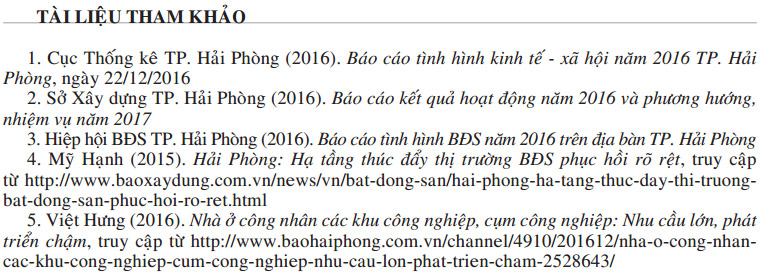
Author: Lê Va Xi
The article was published in the Economic and Forecasting Magazine of the Ministry of Planning and Investment [Issue 5, February 2017 (645)].




